Naturally, sharp-eyed ByDanJohnson.com readers already know about Chip’s big idea. See this article; scroll down.

Chip Erwin is one of those restless people who probably lays awake night cooking multiple ideas in his brain at the same time. Many industries have their “Elon Musk” type who moves forward on several fronts despite plenty of people telling him he can’t do what he does every day.
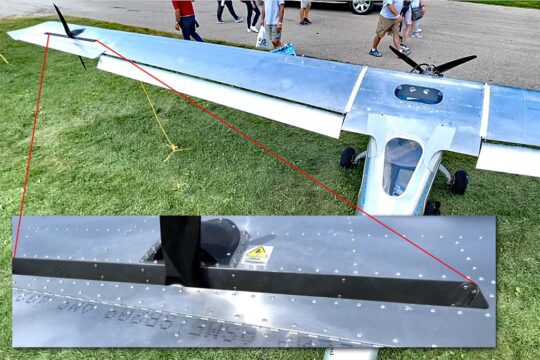 As the mainstream media hyperfocuses on multicopter air taxi ideas consuming vast amounts of money (why media pays attention in the first place), people like Chip have different thoughts about using electric power on aircraft. Depod is one of those concepts.
As the mainstream media hyperfocuses on multicopter air taxi ideas consuming vast amounts of money (why media pays attention in the first place), people like Chip have different thoughts about using electric power on aircraft. Depod is one of those concepts.
Depod is not intended for Merlin Lite. Instead one served as a test bed for an idea that has merit on many aircraft.
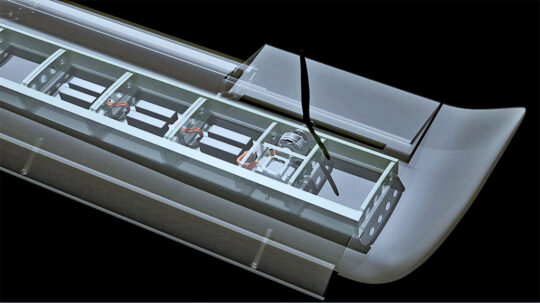 Indeed, Chip’s term sounds made-for-military. DEPOD is awkward but does describe the idea.
Indeed, Chip’s term sounds made-for-military. DEPOD is awkward but does describe the idea.
NASA likes distributed electric propulsion (DEP), spending millions. Chip added the “on demand” part, spending thousands. His appears to be a clever, effective, and simpler way to use electric propulsion on an aircraft.
Let’s learn what Chip has to say about the development.
Describing DEPOD
Distributed Electric Propulsion
On Demand
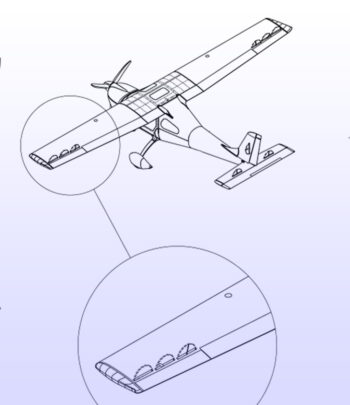 “Now covered by two U.S. patents (see at bottom) this new on-demand propulsion system gives the pilot instant added thrust for takeoff or for a go-around, and instant reverse thrust to allow shorter landing rolls,” explain Chip.. “It helps achieve extreme short takeoff and landing performance in three ways, and it provides added aircraft ‘envelope protection’.”
“Now covered by two U.S. patents (see at bottom) this new on-demand propulsion system gives the pilot instant added thrust for takeoff or for a go-around, and instant reverse thrust to allow shorter landing rolls,” explain Chip.. “It helps achieve extreme short takeoff and landing performance in three ways, and it provides added aircraft ‘envelope protection’.”
Chip continued…
- TAKEOFF THRUST: The wing-imbedded electric motors seriously augment takeoff thrust, letting the aircraft reach Vr quicker and shortening takeoff and over-obstacle distances.
- ROLL CONTROL: DEPOD adds airflow directly over the aircraft’s control surfaces at low airspeeds to greatly improve roll control when it’s needed most.
- REVERSE THRUST: DEPOD can be spun in the opposite direction upon touch-down to provide nearly the same thrust as they add in takeoff, but in the opposite direction — even before there is enough weight on the wheels for effective braking.
- SMALL BATTERIES: DEPOD is used at full power for only 10-15 seconds on takeoff, at only 15% power for up to 30 seconds on approach to landing, and 5 seconds or less on landing. This totals under one minute running time per flight, 20 seconds or less at full power. (The battery packs are so small that they have little impact on payload and aircraft performance.)
Further Attributes
- Other advantages available with Depod is an ability to program to counter inadvertent yaw. This feature can help prevent spins such as the deadly base-to-final stall/spin event. The system can assure an aircraft is always in perfectly coordinated flight.
- DEPOD can provide enough power to enable a pilot to complete a pattern and return to airport in the event of a main engine failure. “This can take the ‘impossible’ out of the ‘impossible turn’,” Chip added.
- DEPOD can aid seaplane pilots with (optional) differential thrust to help maneuvering and docking on the water (nearby image).
- Notes: When not engaged, the 2-blade propeller on each motor is fixed horizontally inside the wing, minimizing drag.
Pilot is always in control: DEPOD is engaged on the pilot’s command along with the autonomous yaw control. As the idea is further developed closures might be devised for the slot opening to reduce any drag.
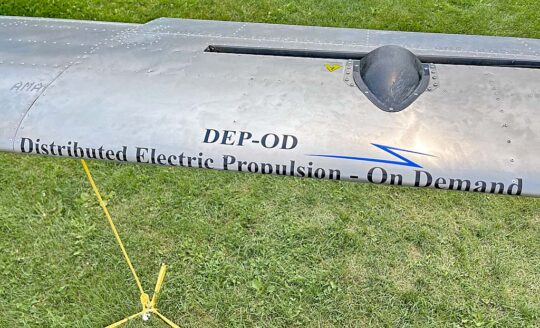
Accelerating airflow over ailerons is very helpful to slow speed flight but it is not a new theory. You may have seen photos of a modified Tecnam Twin with multiple small electric motors lined up all along the leading edge. NASA calls this “distributed lift” and at its base, this and Depod are not so different.
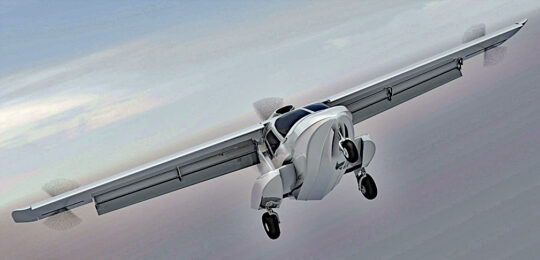
To learn more about Depod, here’s two things you can do:
- Watch the video interview with Chip below, and…
- Come visit Aeromarine at EAA AirVenture Oshkosh booth 195 in the Main Display Area.


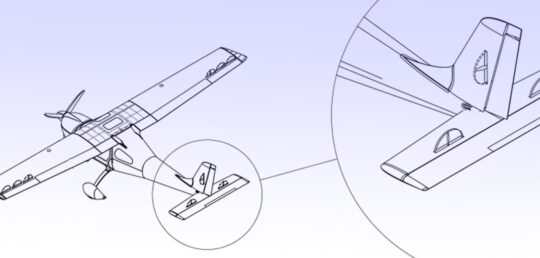

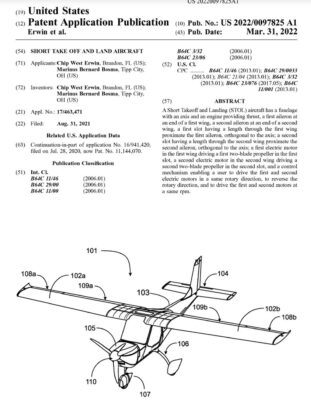
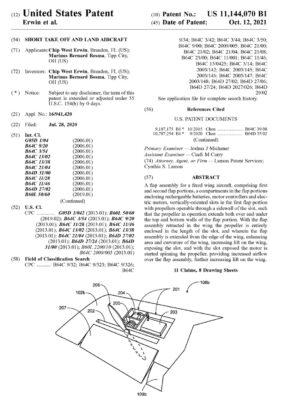
Could you hook the motors up to an autopilot? Could be another use for the motors?
Mr. Skeptical. Theory oft precedes empirical verification. An interesting concept nonetheless. I, too, look forward to some testing results. Pilot controlled or sensor/control unit reaction to an adverse airflow/flight condition?
Is there any empirical testing or evidence to back up any of these claims?